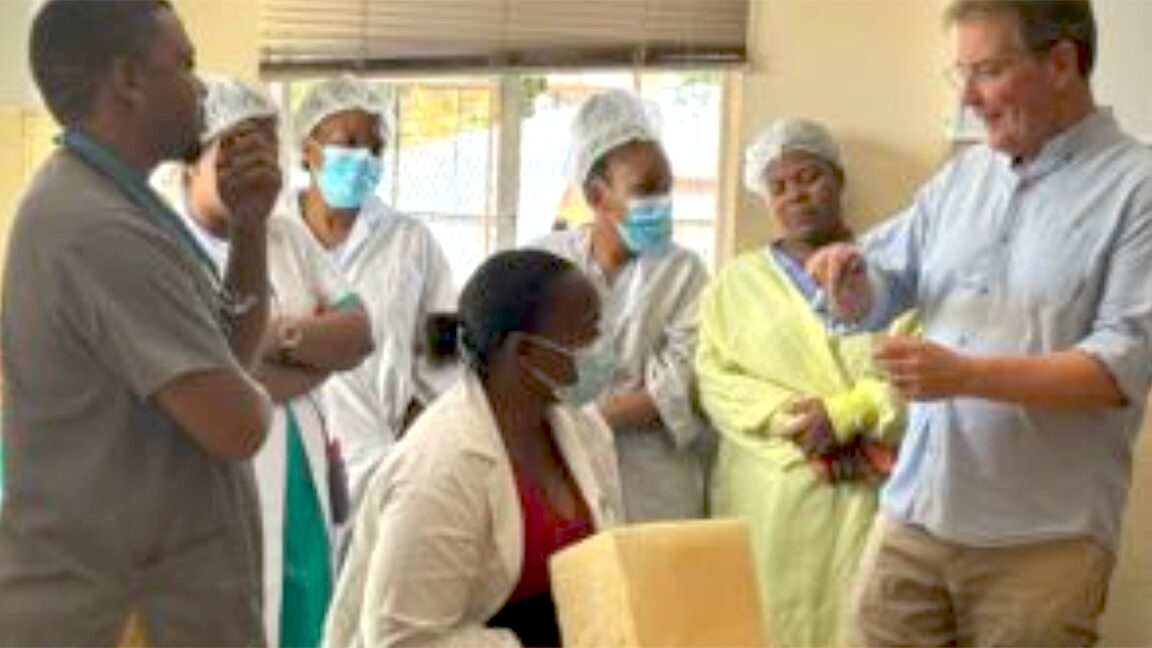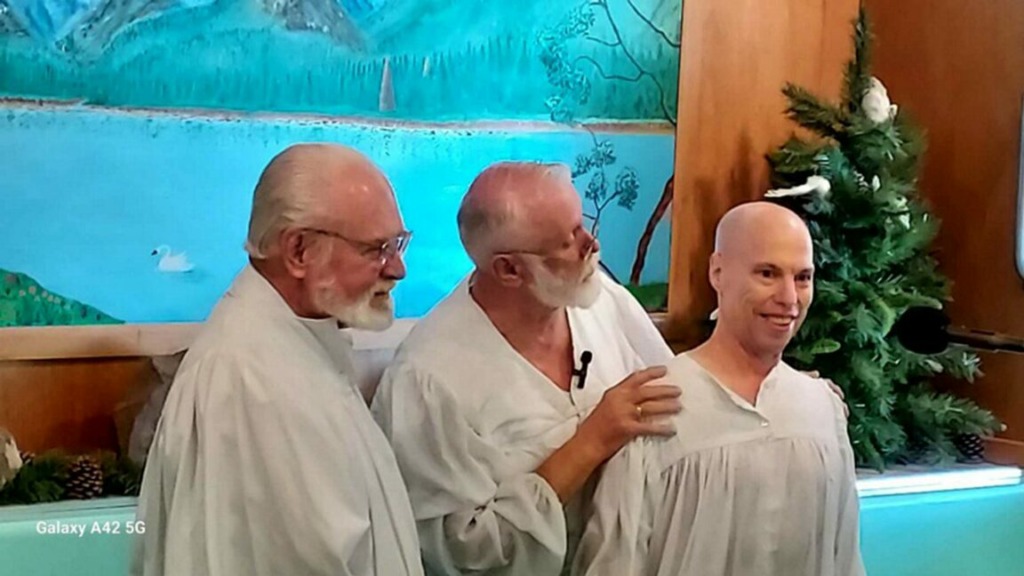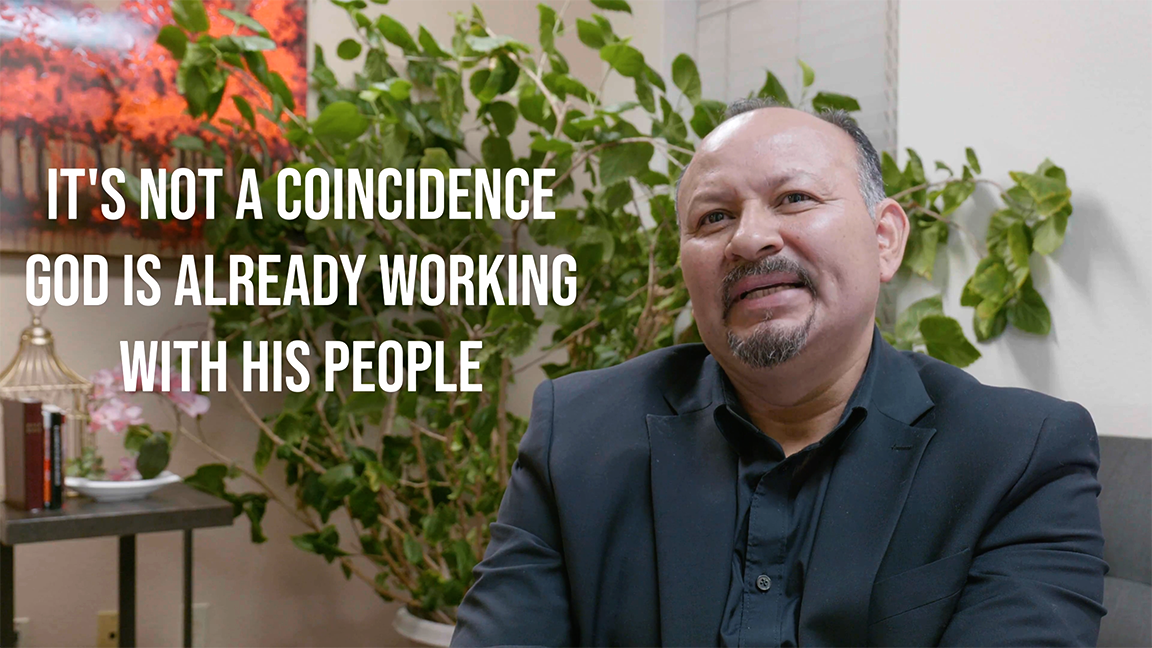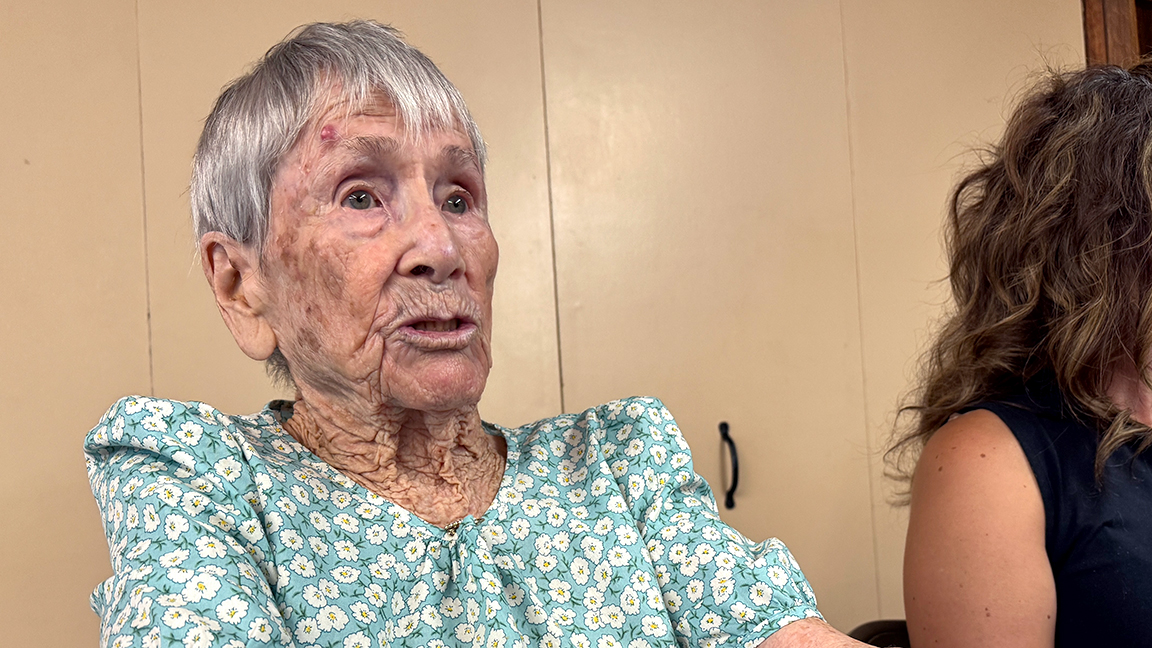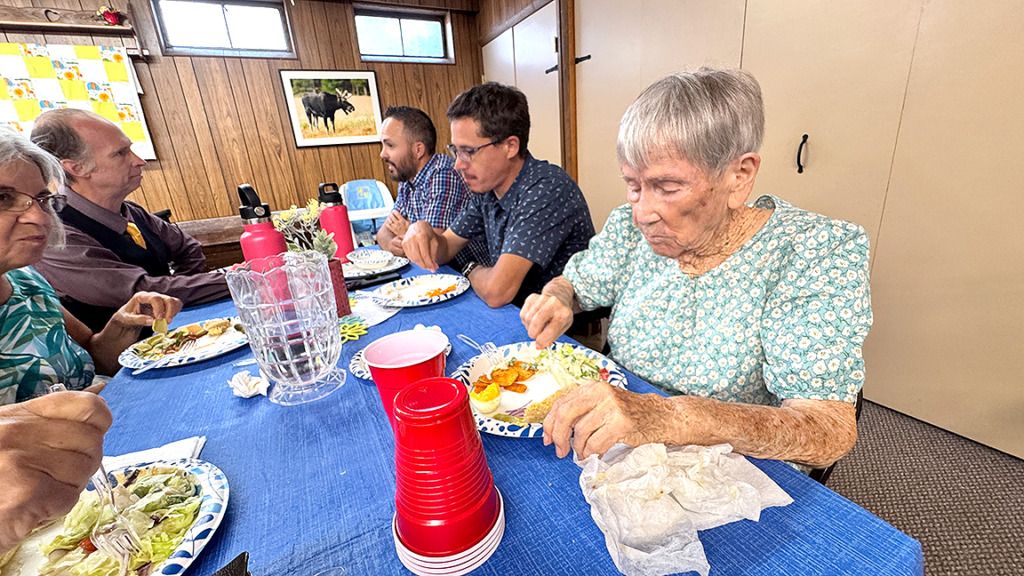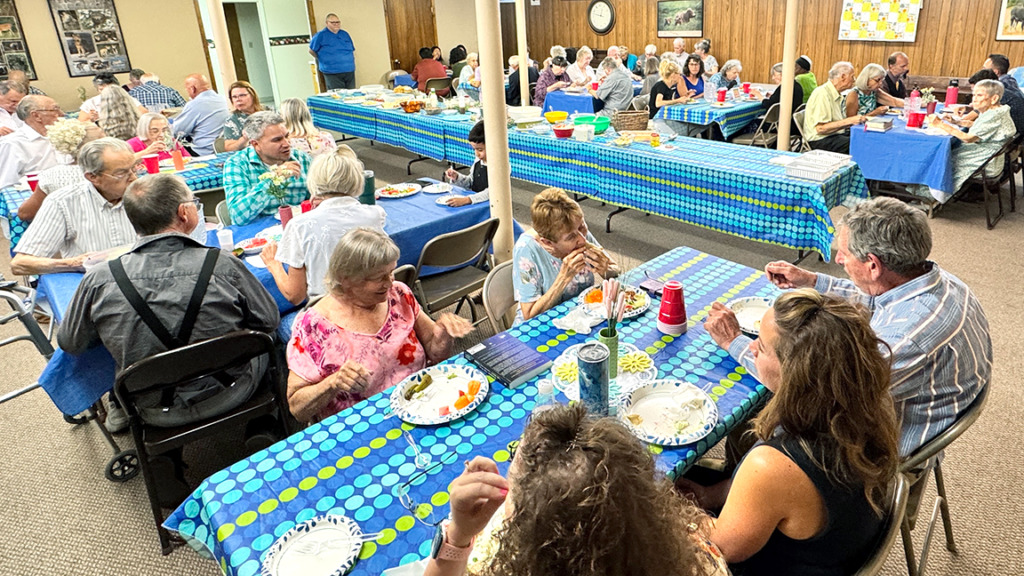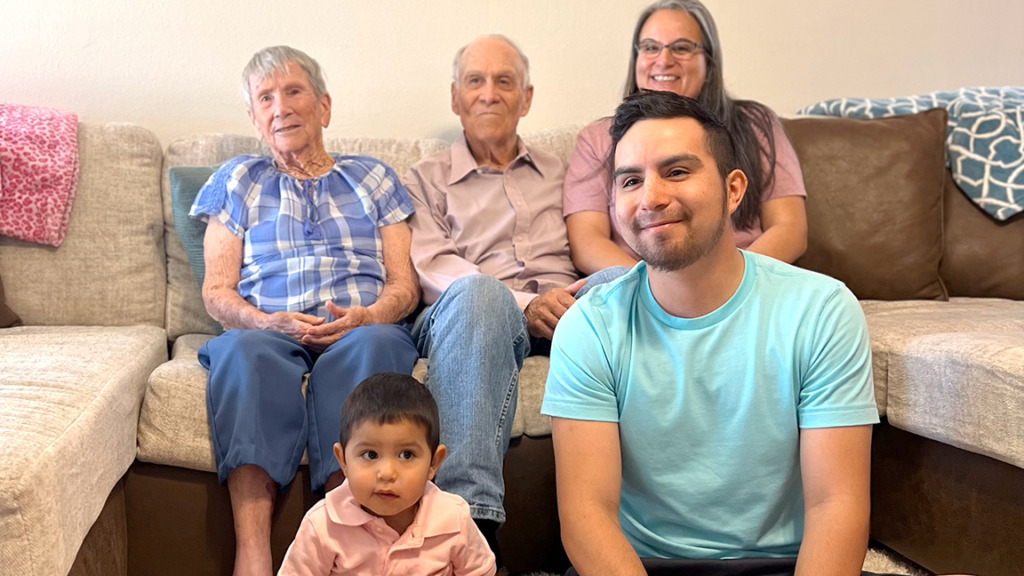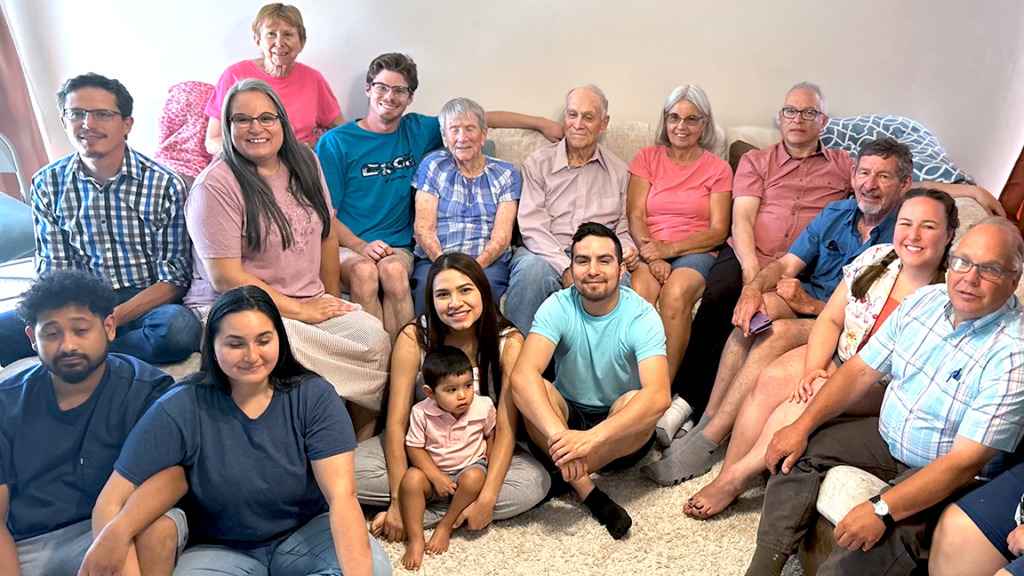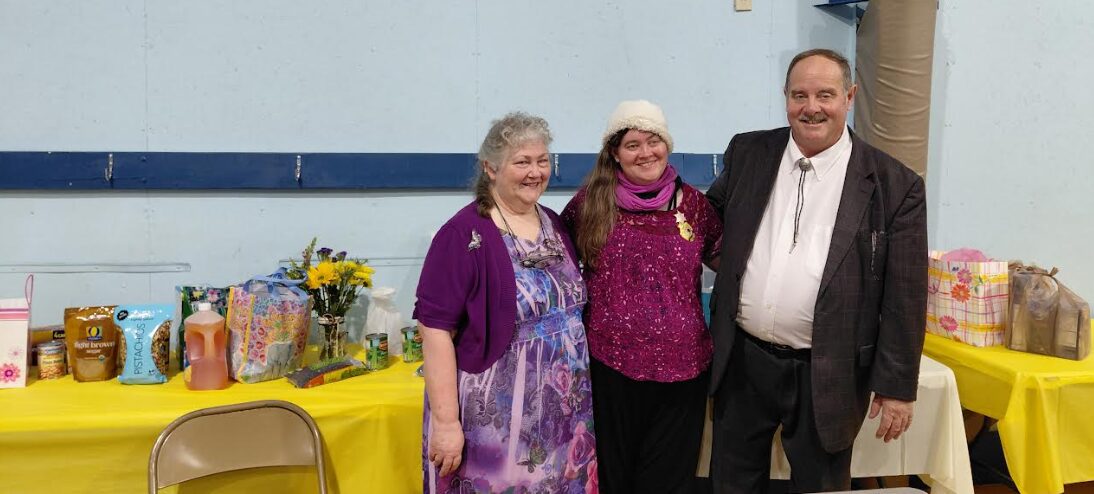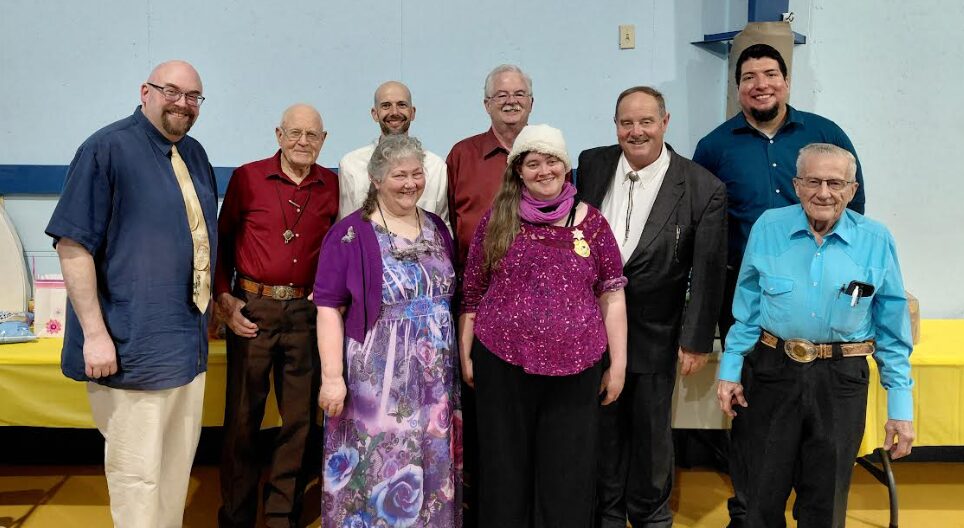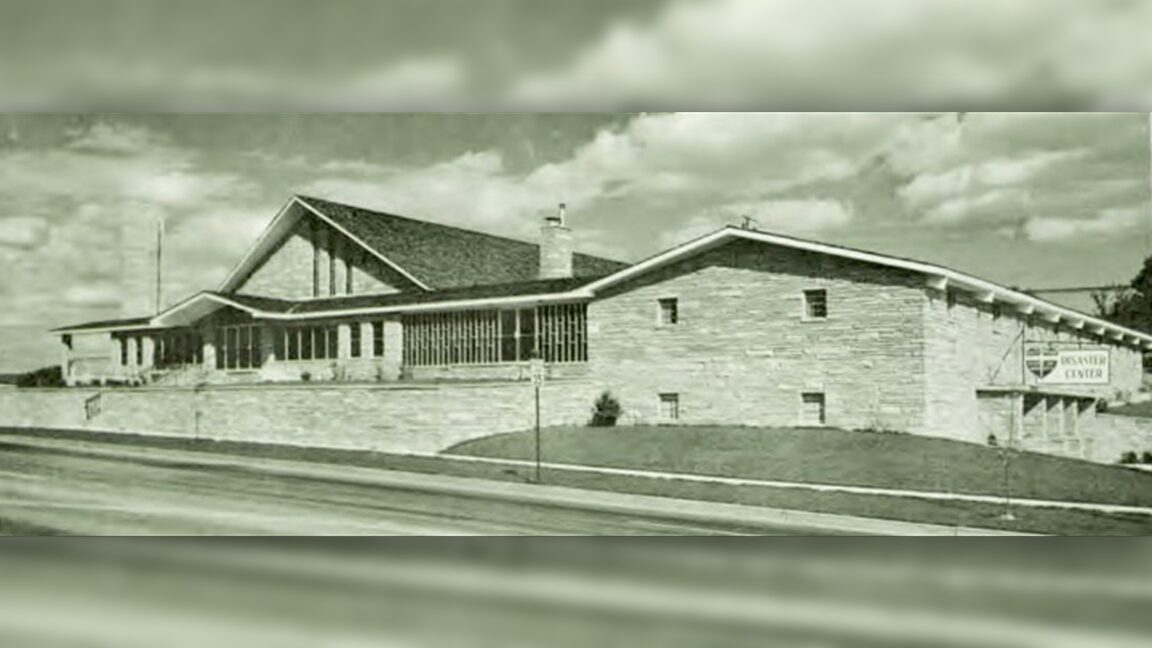The Colorado Springs Central Seventh-day Adventist Church was built to serve the community.
Sabrina Riley – Colorado Springs, Colorado … Drive past the Colorado Springs Central Seventh-day Adventist Church at 1305 North Union Boulevard in Colorado Springs, Colorado, on any day of the week, and all you see is an aging mid-century modern house of worship, not all that different from thousands of others of a similar vintage across the nation. However, hidden in the basement of the Colorado Springs Central Church is a largely forgotten history shaped by world events.
The first Seventh-day Adventist congregation in Colorado Springs was admitted to the Colorado Conference in 1890. It was a group of about twenty people organized into a church by Elder Smith Sharp (1847-1931), a Seventh-day Adventist minister who worked in Kansas, New Mexico, and Colorado before spending his later years in Tennessee.
Throughout the first half of the twentieth century, the Colorado Springs Church relocated frequently, moving ever eastward from downtown. By 1963 the congregation had grown to 277 members, and they were no longer all able to fit in the building on North Wahsatch Avenue at the same time. This property was sold, the congregation started meeting in a rented Baptist church, and plans were begun for the construction of a new church on North Union Boulevard. The congregation broke ground for the new church in 1965.
World at Risk
As the design of the new church building took shape, it became more than just a place for the local congregation to worship. On October 20, 1963, the General Conference of Seventh-day Adventists voted to contribute $7,500 to the new church building Colorado Springs. (The Central Union Reaper later reported that the General Conference contributed $6,000. The discrepancy between the magazine report and the General Conference meeting minutes has yet to be resolved.) Local churches are the property of the local conference—the Colorado Conference at that point—so this unusual grant indicated that something different was happening in Colorado Springs.
Since the United States had ended World War II by dropping the atomic bombs on Hiroshima and Nagasaki in 1945, the world had come to feel increasingly unsafe. Americans lived, if not in fear, at least in anxiety that the Soviet Union might attack with nuclear weapons. In the 1950s, civil defense (what we now call emergency management and homeland security) focused on evacuation and mass casualty plans. In September 1961, President John F. Kennedy’s administration began a campaign to designate fallout shelters in which people could safely live for a period of weeks until radioactivity following a nuclear blast decayed to safer levels.
Throughout the 1950’s, Seventh-day Adventists worked with civil defense in their communities in a number of ways. Dorcas societies (now Adventist Community Services) collaborated with local authorities and the Red Cross in disaster response. Both Union College (Lincoln, Nebraska) and Walla Walla College (College Place, Washington) hosted civil defense drills in which Medical Cadet Corps, nursing, and home economics departments demonstrated how to manage mass casualties and feed crowds of displaced people.
In 1961, Adventists began designating buildings as fallout shelters as part of a national campaign for building such facilities under President John F. Kennedy’s administration. A community fallout shelter, capable of 460 people for two weeks, became part of the plan for the new church in Colorado Springs. This space (now the Adventist Community Services room) was not all that big. Church member Ron Baptist was about twelve years old when the room was completed. He remembers how crowded it was during a test run of the shelter. It was the first church building in Colorado Springs to qualify as a public fallout shelter. However, this was not the reason the General Conference used its own funds to support the project.
World at War
In April 1965, President Lyndon B. Johnson increased American troop strength in Vietnam to over 60,000. While most Adventist soldiers in the 1960s trained as medics at the Medical Replacement Training Center at Fort Sam Houston in San Antonio, Texas, once trained they could be sent anywhere, including one of Colorado Springs’ several military installations.
These installations encompassed both Army and Air Force. Camp Carson was constructed in 1942 as an Army training site for World War II. In 1954, it became Fort Carson. While Camp Carson was under construction, Colorado Spring’s municipal airport was converted to an army airfield, named Peterson Field in 1942 (the airport moved to adjacent land on the south side of the army airfield).
Although Peterson Field was deactivated for several years after World War II, when Ent Airforce Base (AFB) was opened in 1951 at the corner of East Boulder Street and North Union Boulevard, Peterson Field became an ancillary installation to Ent AFB (two years after the Army closed Ent AFB, it became the United States Olympic Training Center). In 1961 construction began on the Cheyenne Mountain Complex, which was completed in 1965, and over the next several years its capabilities were expanded. Meanwhile, the Air Force acquired land in northern Colorado Springs on which to establish a service academy. Classes moved from their temporary location in Denver to Colorado Springs in 1958.
While the academy’s mission was officer education, the Air Force installations focused on national defense through early warning detection systems for incoming missiles. Fort Carson was processing and mobilizing soldiers for deployment to Southeast Asia. Because Adventist men were encouraged to wait for draft selection rather than volunteer and due to an informal understanding between the Seventh-day Adventist National Service Organization and the United States Army in which Adventist were assigned to the Army Medical Corps, it is probable that most, if not all, Adventist servicemen coming through Colorado Springs were soldiers at Fort Carson.
Between 1965 and 1967, just when the Central Church was under construction, 29,000 soldiers were mobilized through Fort Carson for service in Southeast Asia. In October 1965 Fort Carson was home to 9,658 soldiers; in March 1967 it housed 24,735 soldiers. How many of those were Seventh-day Adventist is impossible to know, but it was enough for the General Conference to decide to create an Adventist servicemen’s center in the new building, a space for soldiers to get away from the hubbub of Army life from sundown Friday night to sundown Saturday night.
Thus, the General Conference gave the Colorado Springs Central Church a grant to furnish rooms in the new building for use by Adventist servicemen over the Sabbath hours. Two rooms with bunks for fifteen men, a lounge area, and men’s bathroom located off the east end of the fellowship hall were designated for the men. Presumably they were allowed to use the church kitchen and dine in the fellowship hall.
Servicemen’s Centers
The concept of Adventist servicemen’s centers dates back to World War II, when returning missionaries, usually fleeing the Japanese invasion in Asia, were designated camp pastors and assigned to locations near Army training camps where they could offer spiritual support and counseling to Adventist soldiers in training. Only a few servicemen’s centers from that era are known to have been acquired. Returned missionary H. A. Hansen and his wife bought a house in Salt Lake City, Utah, to which soldiers were invited. A center was also set up in Neosho, Missouri, near Camp Crowder.
In the 1950’s, more centers were set up, which were typically hosted by a pastor and his wife. There is much yet to be learned about these facilities, including the precise location of many of them. Some were as simple as the arrangement in Colorado Springs, but in other locations houses were purchased. In the case of Takoma Park, Maryland, a purpose-built building was constructed for those stationed around Washington D.C., and participants in Operation Whitecoat, the Army’s medical research program in which Adventists volunteered to be test subjects, at Fort Detrick. In 1962 there were six centers: Anchorage, Alaska; Biloxi, Mississippi; Fort Ord, California; Frankfurt, Germany; Honolulu, Hawaii; and San Antonio, Texas. By 1970 there were eight: Colorado Springs, Colorado; Frankfurt, Germany; Fort Lewis, Washington; Okinawa, Japan; Saigon, Vietnam; San Antonio, Texas; Seoul, Korea; and Takoma Park, Maryland.
As the war in Vietnam wound to its controversial end, Adventist servicemen’s centers in the United States started closing, although those in Germany, Korea, and Japan would serve American soldiers assigned to overseas installations well into the 2000s. When Ron Baptist came home from academy in 1973, the two rooms designated for servicemen in the Colorado Springs Central Seventh-day Adventist Church had already been converted to the local church’s use.
—Sabrina Riley is an independent researcher and consultant in Colorado Springs, Colorado. Her current research interests include the Seventh-day Adventist military experience and her family’s genealogy. She may be reached at The Family Archivist: https://www.familyarchivist.net. Republished with permission from OUTLOOK Adventist News June 8, 2025, article. Photo supplied.




